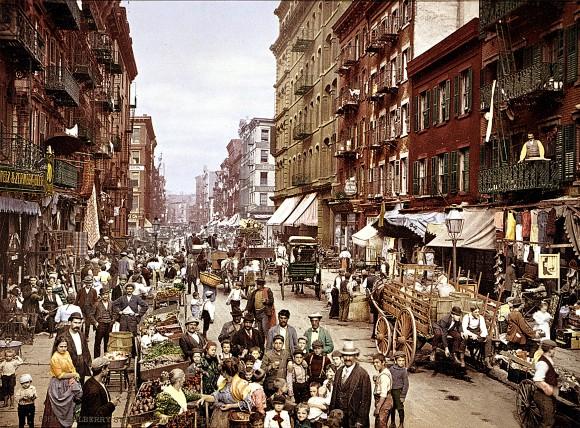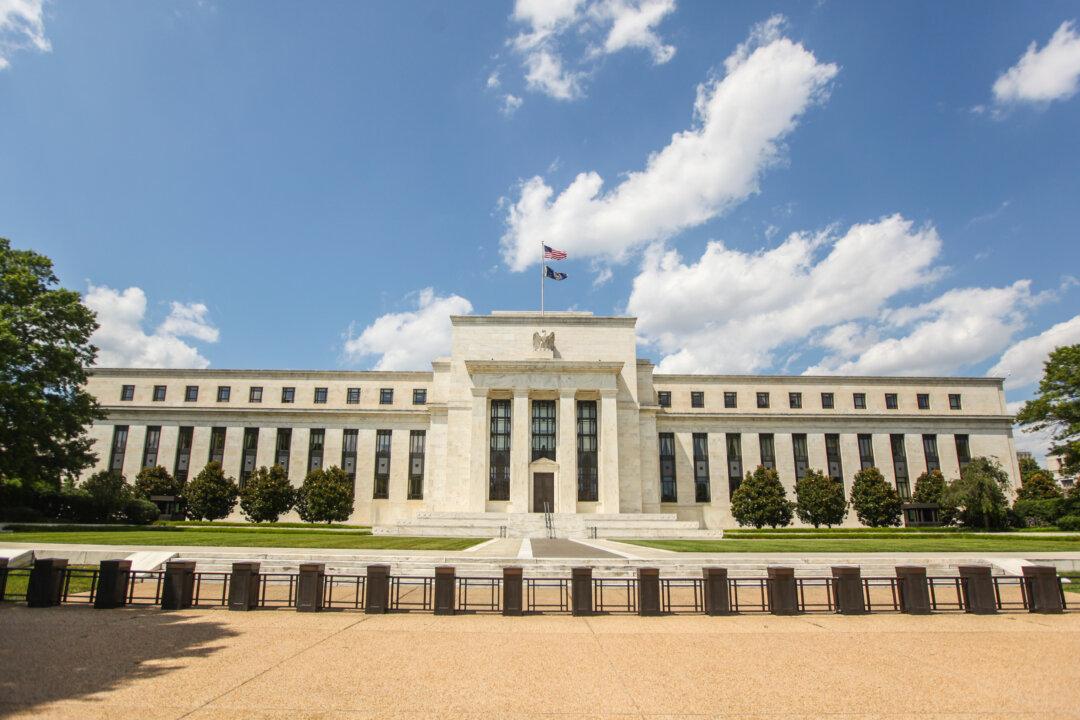Immigrants built America into a superpower, coming first from England, then from Germany, Ireland, France, Russia, and Eastern Europe.
America had open borders. Virtually anyone arriving by boat at Ellis Island was registered, then set free to make their way in the growing nation.
Today, we have complex laws regulating immigration, begging the question: If it was better in yesteryear, should we return to the open border system of the 19th century? Unfortunately, a simple yes or no won’t do for an answer.
The economics of immigration are complex and have changed from times past. In order to understand the advantages and disadvantages, one needs to understand the economic incentives of different immigration systems.
Free Market Model

Mulberry Street market in New York in the early 1900s. Manhattan's Little Italy is a classic example of how immigrants from the same nation settled in clusters in their new land. Library of Congress





